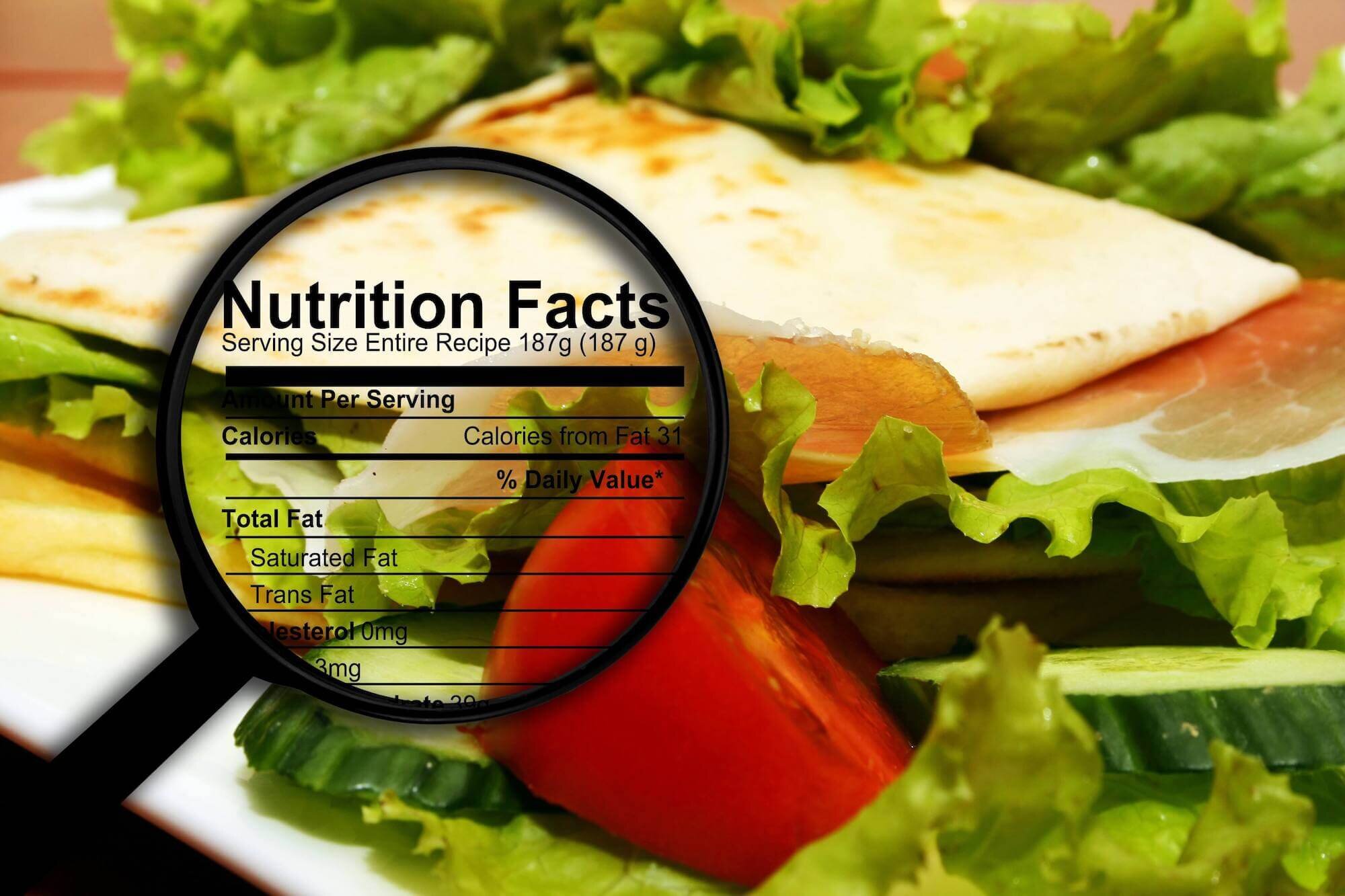Learning to understand what all the numbers mean on a food label, the different nutrient parts, such as fat, saturated fat, sodium, etc, and ingredients, can be confusing. Calories, of course, are a big part of the nutrition label and, probably, is a number where most people stop. If it has less than a certain number of calories per serving that is how they decide between one box of cereal, or crackers, or chips, and the next.
While learning to read the nutrition labels and understand the different sections of it is all well and good, it leaves out one very important fact: truly understanding serving sizes. The manufacturer listed serving sizes are usually not an accurate measure of what people consider a reasonable serving.
Most people don't take the time to also look at that serving size. If you do look at the serving size you may not take the time to actually do the math. To figure out if ½ cup is 120 calories and ¾ cup is 180 calories which one is “better” (the answer is they both have the same 60 calories per ¼ cup so they are for all intents and purposes equal).
You may read on the label that a serving size of cereal is ½ cup. But do you really understand how much, or little, that is. And when you serve yourself do you stick to that amount? Most people don't measure, they simply pour the cereal into the bowl until it “looks right” and that is their serving size. But that's not really a serving. What we serve ourselves is defined as a “portion.” So if you're consuming a portion, you may be consuming more, in some cases far more, than you think you are.
One example would be a 17.5 ounce bottle of 100% fruit juice. The label claims 110 calories per serving. Unfortunately a serving size is 8 ounces. This means that the bottle is more than two servings for a total of 241 calories, most of which is sugar. Most people drink the entire bottle. Like french fries? One servings of potatoes is approximately ½ of a potato. That comes to around 10 french fries. Even a small serving at a fast food restaurant has more than 10 in the container. It all adds up.
The FDA has started to encourage manufacturers to rework their nutrition labels to accurately reflect a larger serving size. Manufacturers may be resistant because this will increase not only calories but other nutrient facts as well making consumers think twice about some of their choices. Another concern is that consumers may think it is okay to eat more because the serving size is larger.
Don't wait for the manufacturers and the FDA to sort it out. Take control of your health and your nutrition. Learn to read the label and understand it. Then take the time to understand portion control.
GUEST BLOGGER BIO
Mira Dessy, NE
Mira Dessy is The Ingredient Guru. A holistic nutrition professional, author, and a popular public speaker, she knows that it's not just what you eat, but what's in what you eat. Mira is a Board Certified Holistic Health Practitioner who has been working with clients for over 14 years. She helps them learn how to avoid manufacturer manipulation and to clean out the chemicals in their diet.
Mira is a member of the National Association of Nutrition Professionals, the Society for Nutrition Education and Behavior, and the American Association of Drugless Practitioners. Additionally, she is on the Board of Directors for the American Holistic Health Association and is a member of the Professional Advisory Board for the Turner Syndrome Society. She can be found online at theingredientguru.com


